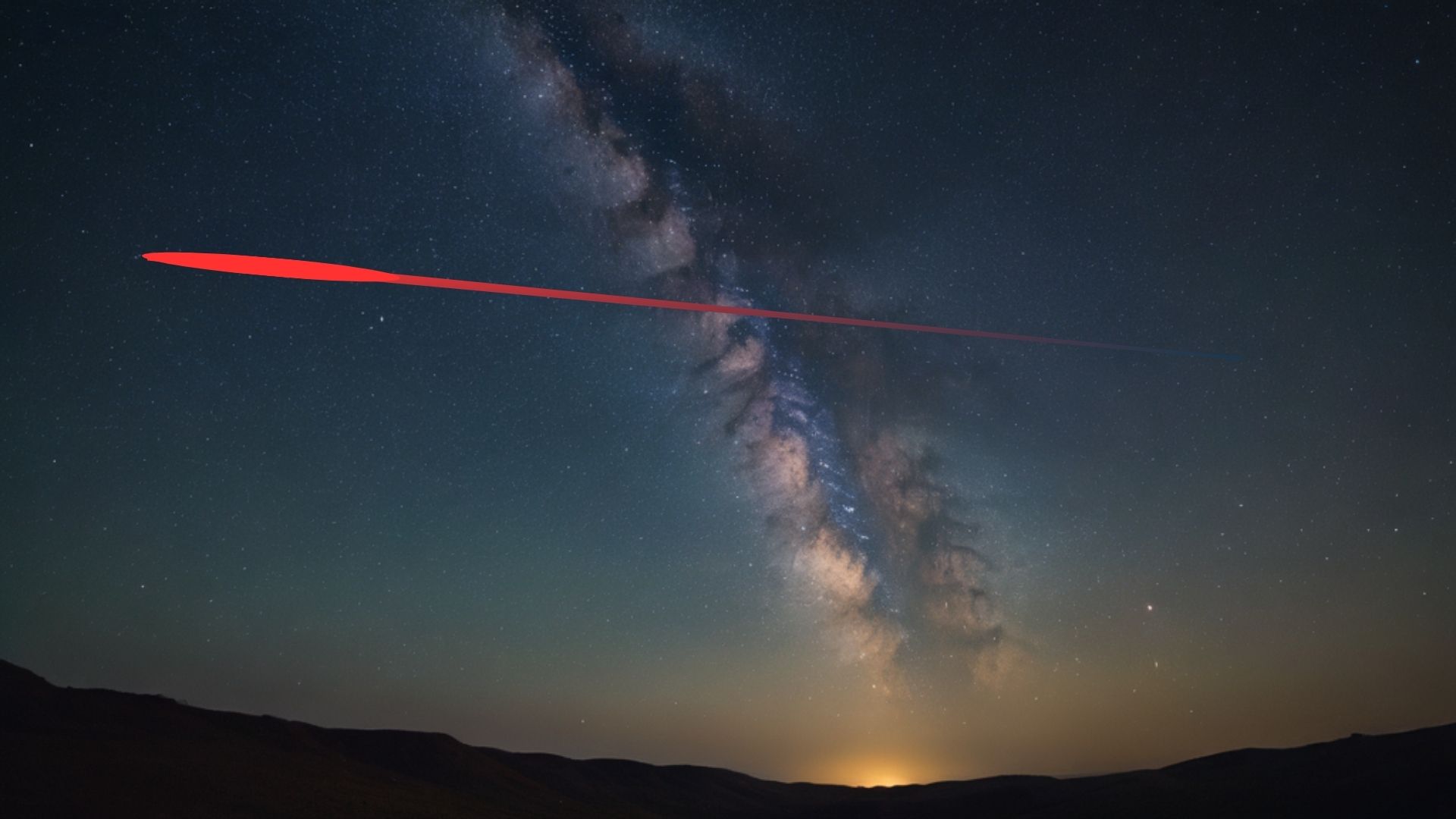Astronomers might have just discovered the fastest planetary system ever seen! A tiny star, possibly with a super-Neptune planet tagging along, is zooming through the Milky Way at an insane speed—about 1.2 million mph (1.9 million km/h). If it’s moving fast enough, this star could eventually escape our galaxy, dragging its planetary companion into intergalactic space!
For comparison, our Solar System orbits the Milky Way at only 514,000 mph (828,000 km/h). That means this new system is moving more than twice as fast as our own! 🚀
This mysterious object was first detected in 2011 using “microlensing”—a phenomenon where light bends due to a massive object’s gravity. Scientists believe the larger object in this system is a small star about one-fifth the mass of the Sun, located 24,000 light-years away.
So far, no planet has been directly observed, but based on the star’s size, researchers predict that a super-Neptune (about 30 times Earth’s mass) could be orbiting at a distance similar to Venus or Earth in our Solar System. If confirmed, it would be the first planet ever found orbiting a hypervelocity star!
However, big questions remain. Is this star really part of the 2011 system? Does it actually have a planet? Or could this be a massive rogue planet with a giant exomoon instead? More observations are needed to know for sure.
So, have we just witnessed the fastest planetary system in the galaxy? Stay tuned for more discoveries.
